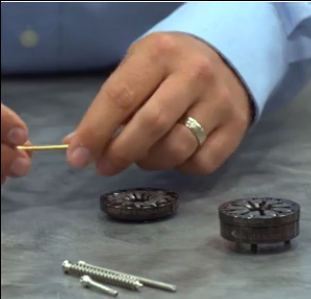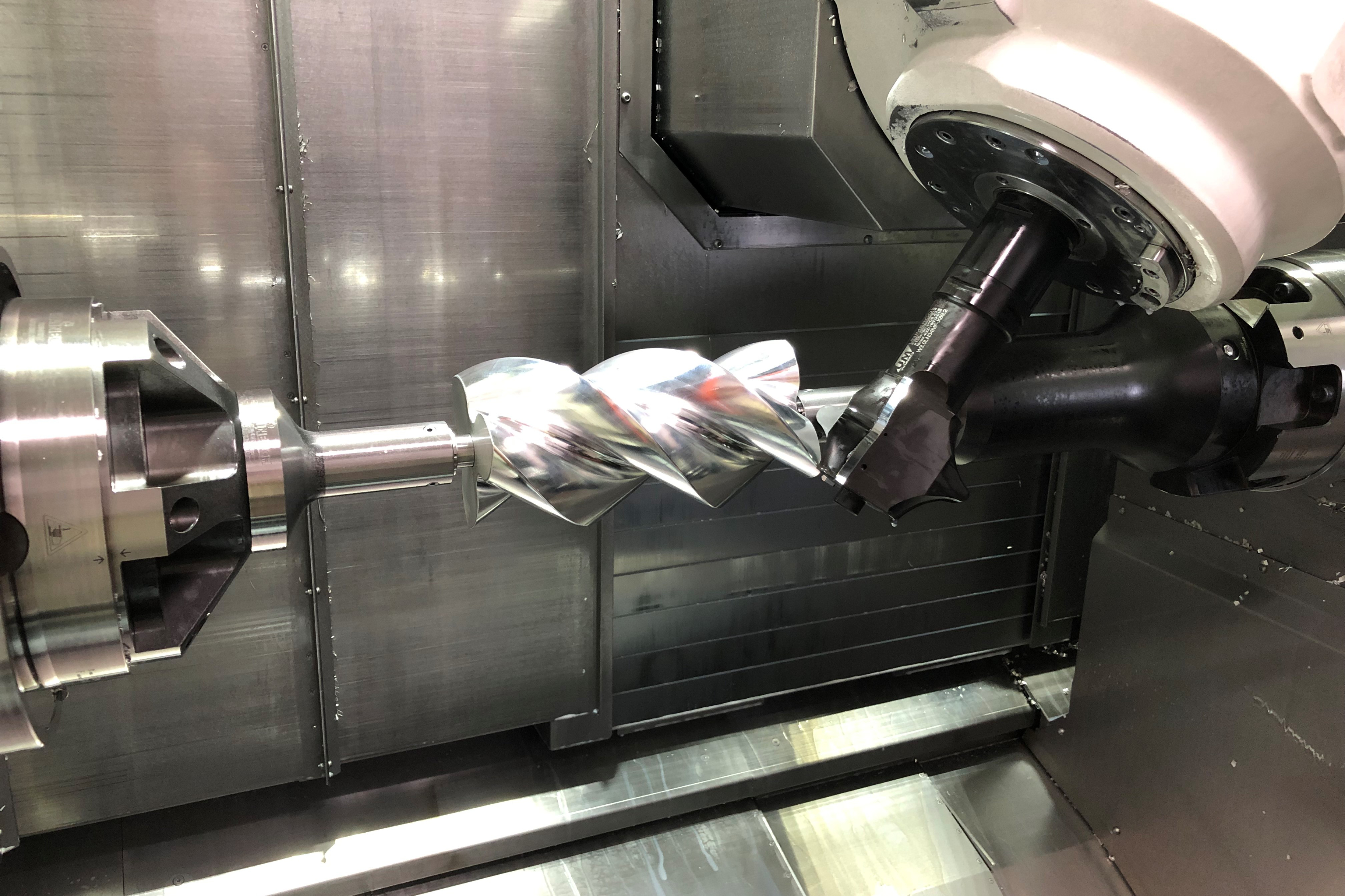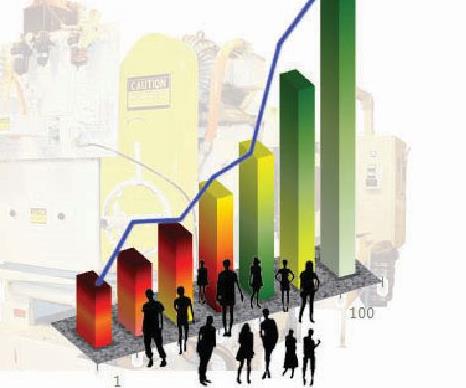So You’re in the Market for a Machine Tool—Start by Asking “Why?”
There’s nothing worse than buying a new machine that ends up neglected in the corner because it’s the wrong one for the job. Some key questions at the beginning of your search can help you avoid that.

In the market for new CNC machine tools, there is a wide variety and selection of machines, offered by scores of machine builders from around the world. Vertical machines, horizontals, lathes, gantries, routers, boring mills, screw machines, grinders—the choices are almost limitless. So where does one start, how does one decide, and what tools are available to assist a buyer through the process of purchasing a new machine?
There are many factors to be considered, and a lot of questions have to be asked and answered prior to selecting the right CNC machine. Answering these questions will help ensure a successful installation once a machine is purchased. There is nothing worse than buying a new machine tool and having it sit in the corner, under-utilized, because it is the wrong machine for the job. Yet, this does happen.
Featured Content
Start with Why
The first, seemingly simple questions that must be asked are:
- 为什么要买这台机器呢?
- What is the buyer trying to accomplish in making this purchase?
Before selecting a machine type or specific model, it is necessary to first identify the specific job function or department for which the machine is being purchased. This will give a clear indication as to daily machine usage; lot sizes to be run; and requirements for fixtures and tooling, types of coolant, and tank capacity.
If the machine will be utilized in a job shop environment, the types of parts being machined will be numerous and varied in scope, with lot sizes ranging from one to 50 pieces. Similarly, toolroom or maintenance departments may see a wide variety of machine work but far more limited lot sizes, typically one to five pieces. Machines being purchased for a production environment, however, may be dedicated to machining one specific part or a family of parts. Production lot sizes may range from 100 to 1 million or more parts. Production runs generally have more stringent, dedicated workholding and fixture requirements.
Part-loading considerations are also driven by lot size. Hand loading, pallet shuttles or robot loading are some of the options. Tooling becomes more specific to a production run, whereas a standardized tool assortment works for the job shop. Coolant-tank capacity may need to be increased to handle longer run times for multiple work shifts. Toolrooms and job shops should think about a general-purpose coolant and a flexible delivery system.
Do Your Research
Inevitably, all machine buyers get to the point in the process of comparing machine types and machine models.Techspex.com, a free research center and analysis tool, can help anyone find the right machine for the job. This handy website database contains more than 500 machine tool brands with more than 8,600 models of every machine type imaginable—all in one place. Techspex maintains the deepest, most up-to-date machine tool information, whether the equipment is amilling,turning,grinding,EDMor coordinate measuring machine (CMM)—it’s all there. Simply enter the basic attributes and specifications that are required, and the system will provide a side-by-side comparison by machine type, model and builder.
This is part one of a three-part series about buying machine tools.
- Part two:Before You Buy That New Machine Tool, Consider the Workpiece
- Part three:Why Forming a Machine-Tool Buying Committee Is a Good Idea
Find more insights about acquiring a new machining center by visiting the Techspex Knowledge Center, “Guide to Buying Machine Tools.”
This blog post was adapted from an article by Barry Rogers published in the Machine/Shop supplement toModern Machine Shopmagazine.















